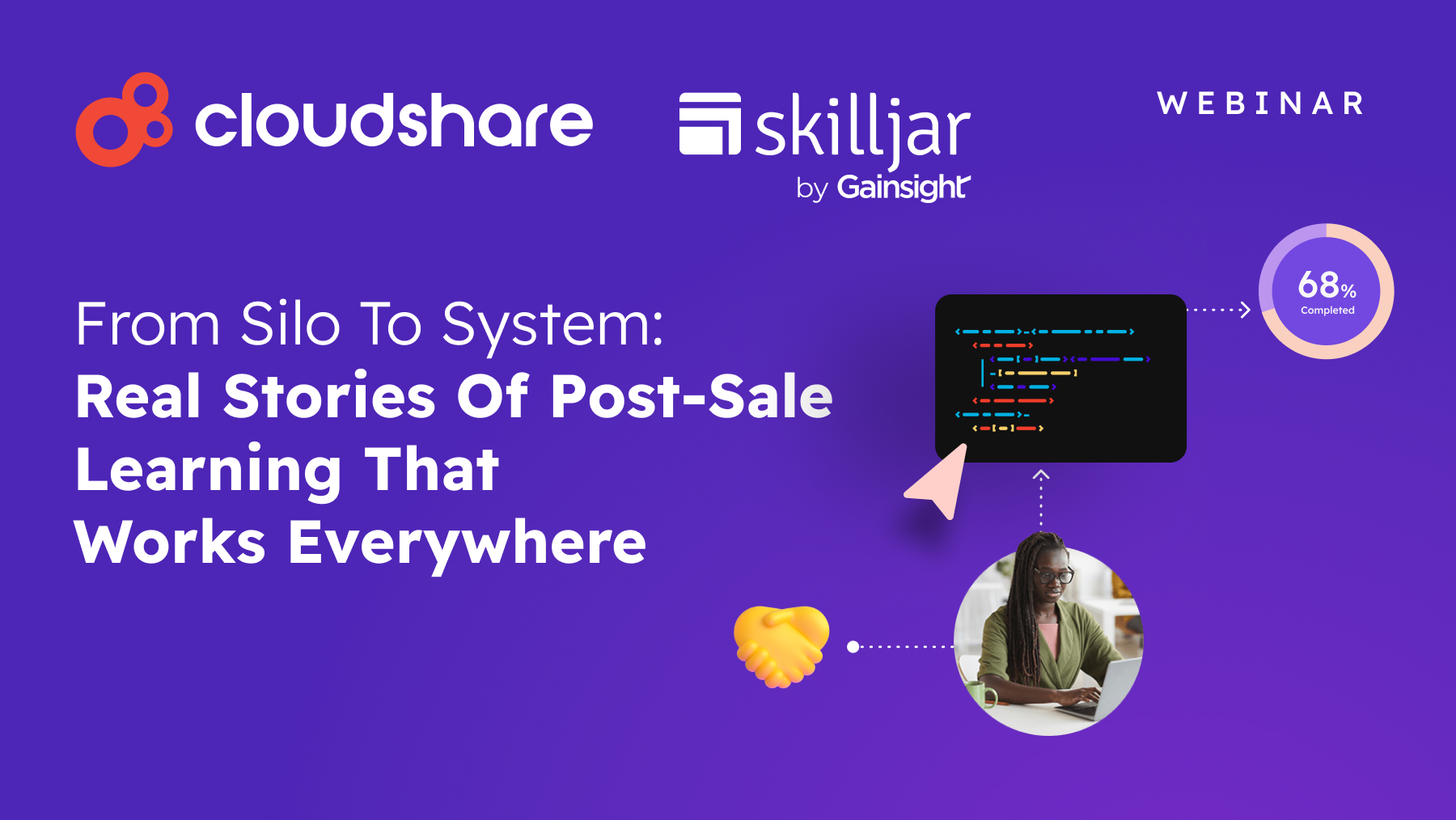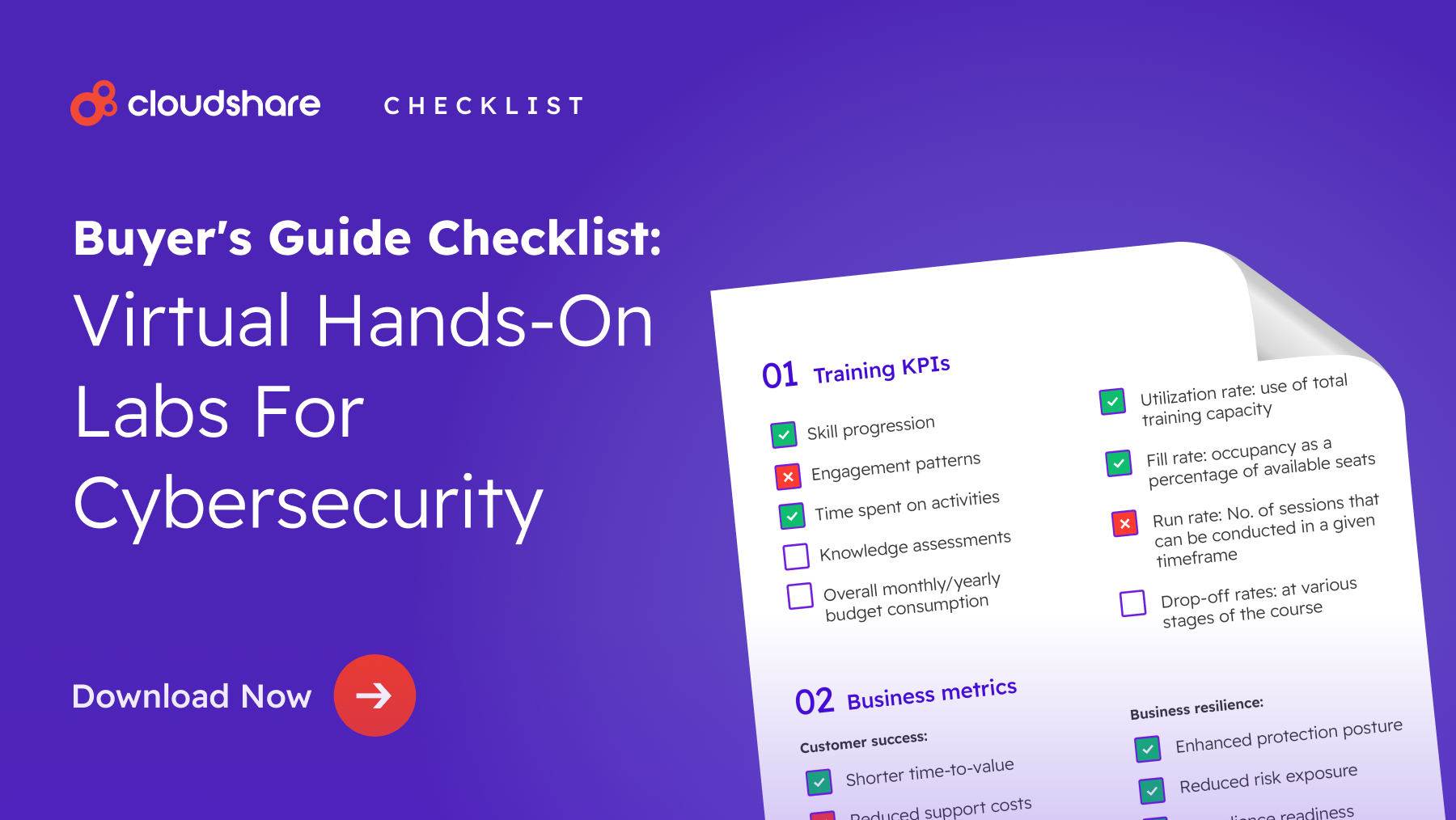
As a data scientist, you already know how analytics can help a business. But you also understand that expertise alone is not enough to realize the true potential of data.
It’s as much about the tools you use as it is your own capabilities — the right data analytics technology goes a long way towards generating deeper insights.
Provided you’ve installed data analytics software for management and orchestration, it’s time to get down to business. Here are some data analytics applications that can help you in that regard, generating all manner of useful business insights.
1. Query.me
It’s no secret that, in spite of SQL’s ubiquity in the analytics space, most of the tools and platforms designed to work with it aren’t exactly what you’d call “usable.” Quite the contrary, in fact. Many of them are little more than relics of a different time, legacy solutions built from design principles that are quite simply no longer relevant.
As an SQL-first tool built for analysis and visualization, Query.me seeks to address that problem. With automated reporting, modular code, and a dashboard that organizes scripts into easily-readable templates called notebooks, it’s a much-needed fresh take on SQL. Better yet, if you run into trouble, the software has excellent technical support.
2. RapidMiner
RapidMiner is a solution that’s all about being smarter — specifically through the use of artificial intelligence. Through five distinct modules, it provides everything from data preparation to deep learning and predictive modeling. Better yet, it doesn’t rely on code and deploys with a set of powerful built-in security controls.
3. KNIME
Similar to RapidMiner, the open-source KNIME’s focus is on machine learning. Through an intuitive drag-and-drop user interface, it allows your team to visualize data, define deep learning workflows, and blend multiple tools and techniques from different domains. KNIME is also available in a commercial deployment which adds even more power under the hood.
4. Orange
Generating insights is only the first step. If you truly want to realize the benefits of data analysis, you need to be able to visualize that data. That’s where Orange comes in.
An interactive open-source data visualization tool, Orange arranges its interface into a series of graphical widgets, each of which has a specific focus or specialization. This makes it perfect for exploratory data analysis, particularly since it’s capable of organizing data in a multitude of different ways. Best of all, the core software is totally free.
5. Weka
Weka is a fair bit crunchier than the other tools we’ve previewed thus far, but it’s all the more powerful for it. Capable of working with and digesting massive datasets, the platform is supported by several powerful machine learning algorithms, controlled via a graphical user interface. It’s usable for everything from data mining to regression and visualization.
Note that Weka is specifically designed to work with data that’s stored in a flat format.
6. OpenRefine
Analytics can be a messy business. That’s why the core focus of OpenRefine is the ability to clean, transform, and extend data. Whether you need to modify a large dataset to work with an analytics tool or simply want to ensure that your data is properly managed by doing it yourself, this software is an excellent choice.
7. Sprinkle Data
Sprinkle’s biggest selling point is that it doesn’t require any code. Not even simple scripts. Instead, through automatic mapping and schema discovery, it enables your business to easily integrate, blend, and model whatever data you happen to be working with. It’s essentially the perfect platform for introducing analytics to your less-technical personnel.
8. GoodData
A powerful, cloud-based business intelligence platform, GoodData provides more or less everything your analytics initiative could possibly need. Capable of integrating with any data source and visualizing data in a multitude of ways, it’s also capable of wrapping analytics directly into a web portal or application.
On top of that, GoodData is capable of running completely headless, making it both more flexible and more efficient than many competitors.
9. Whatagraph
In the same family as solutions like Hubspot, Whatagraph is an intuitive, visual marketing and social media analytics platform. Featuring a drag and drop interface that visually displays and explains each and every datapoint, it arguably represents the perfect intersection between marketing and data science. It’s also designed for painless deployment and onboarding, with over 30 data integrations, pre-built reports, and automatic connection to data sources.
10. Adverity
Adverity is widely known as an industry leader in marketing analytics, and with very good reason. It’s arguably one of the most powerful platforms of its kind, with fully-automated data collection that supports orchestration from over 600 different sources. No-code enrichment templates make it easy to harmonize even the most disparate datasets, while a flexible dashboard makes reporting and visualization simpler than ever.
Better yet, the end-to-end solution also comes with a tool known as ROI Advisor, which helps marketing teams seamlessly analyze cross-channel performance on their campaigns, thus ensuring they spend as efficiently and effectively as possible.
How CloudShare Fits into the Picture
There’s a real trend in the analytics space towards simplified onboarding and ease of use. And that’s frankly excellent. The more accessible these solutions are, the more businesses will be capable of realizing the true benefits of data analytics.
As we’ve said before, however, ”simplified’ doesn’t mean there’s no learning curve whatsoever. Effective training and onboarding are still incredibly important. Even if you aren’t training your staff in the use of these tools, you should help them understand the basic tenets of data science.
That way, they’ll understand how to make full use of these new tools.
And that’s where CloudShare can help. We’re the number one platform for hands-on virtual training. Through engaging, interactive courses, you’ll be able to give your people a deep understanding regarding the how, what, where, when, and why of data analytics. Your employees can even choose between instructor-led and self-directed training, allowing people to skill up even if they aren’t directly involved in crunching data.



